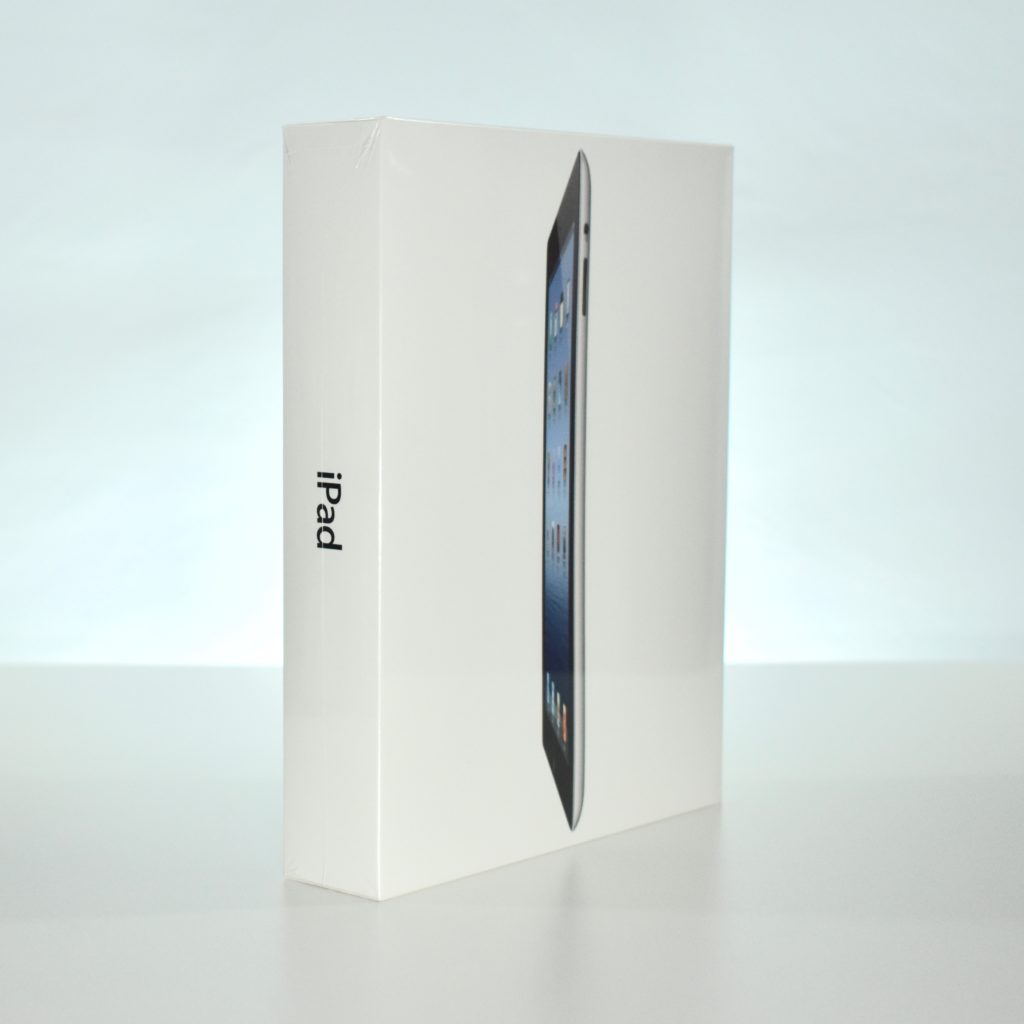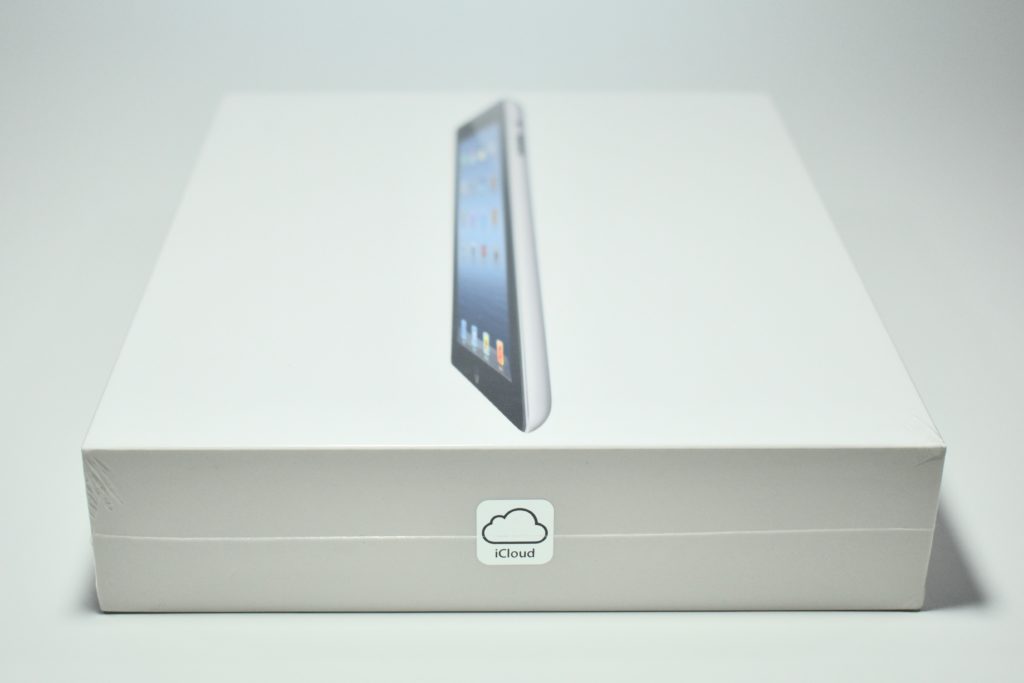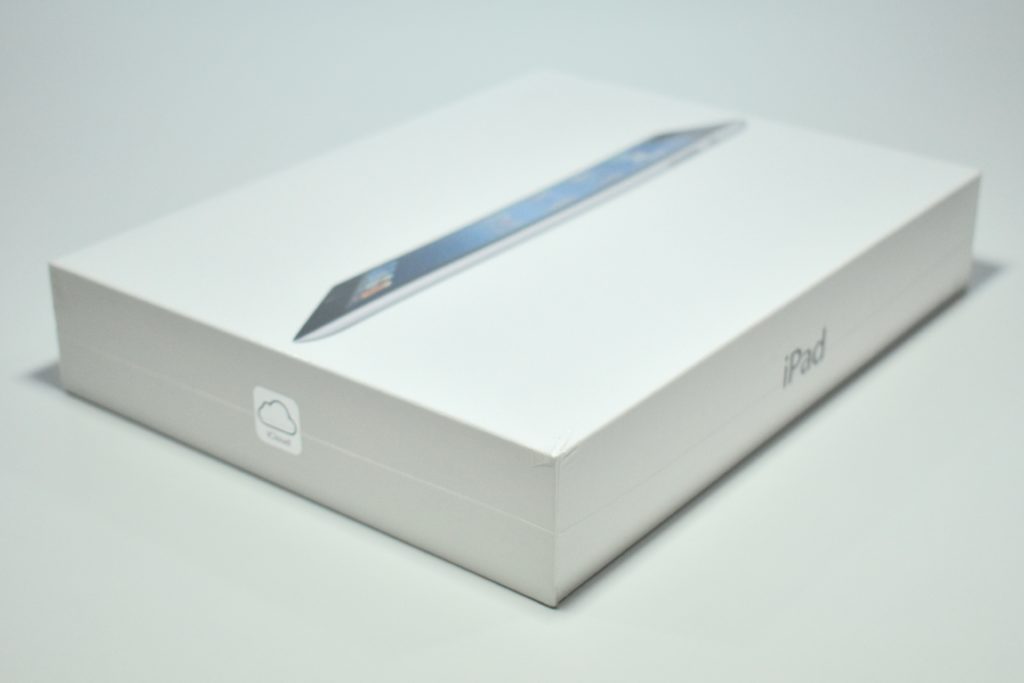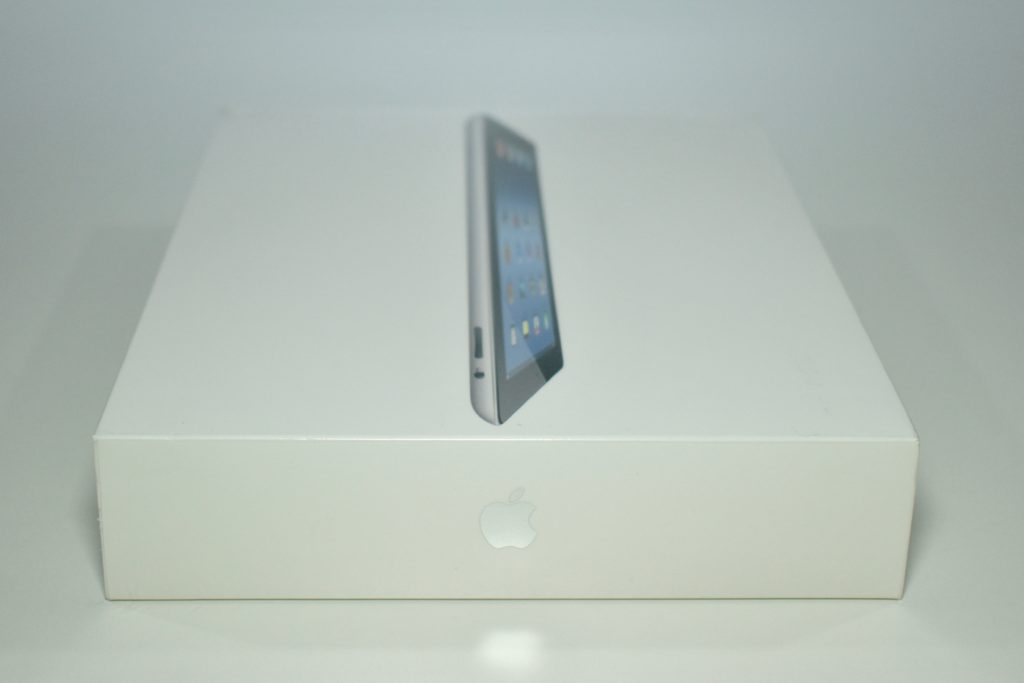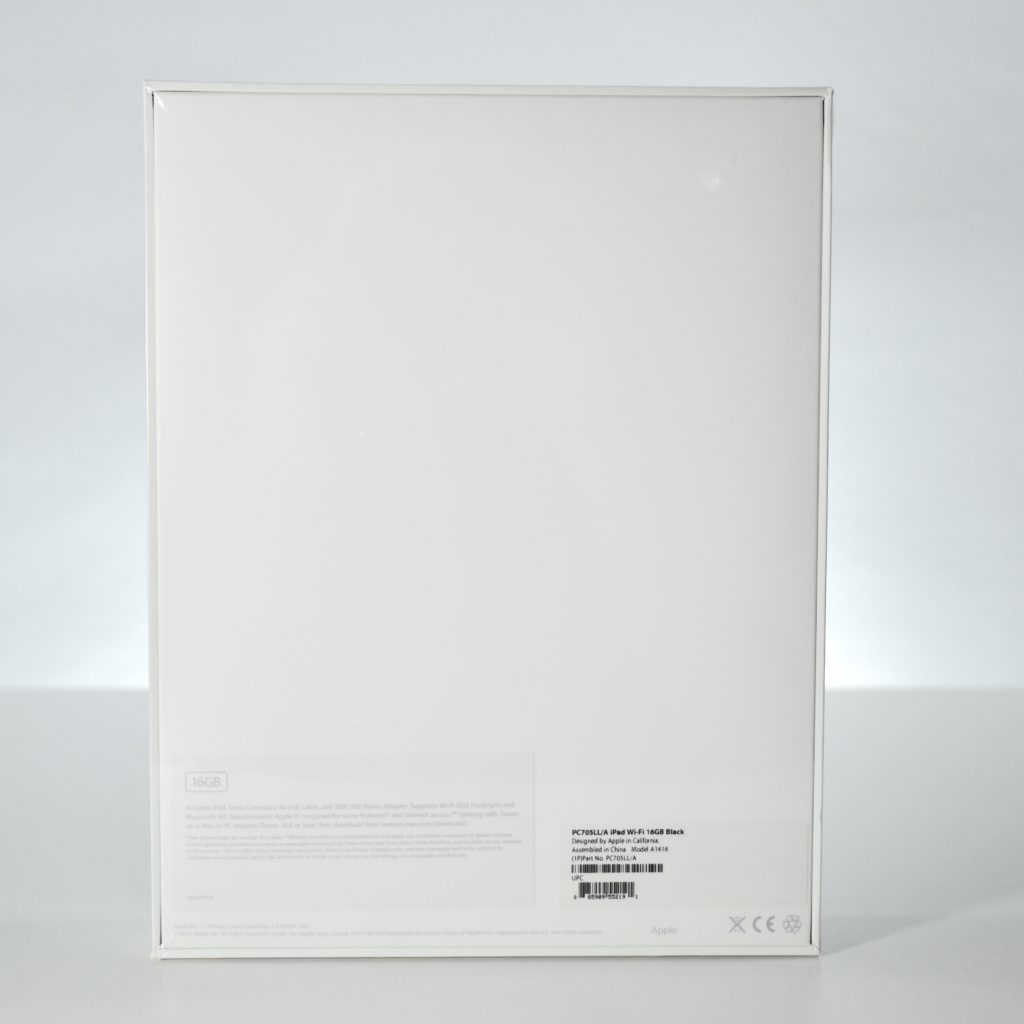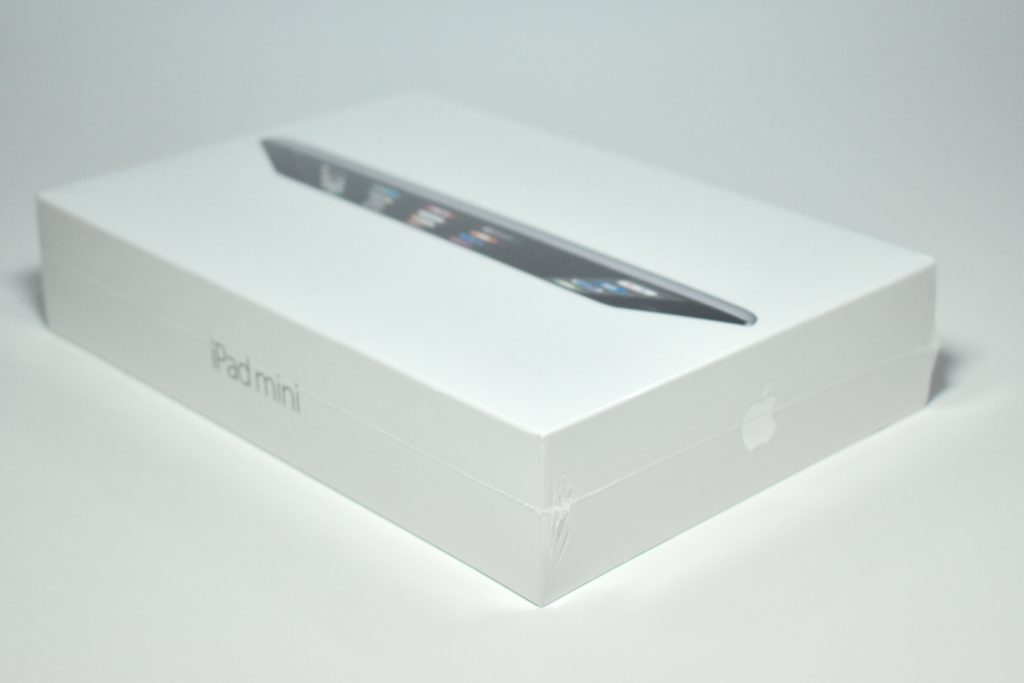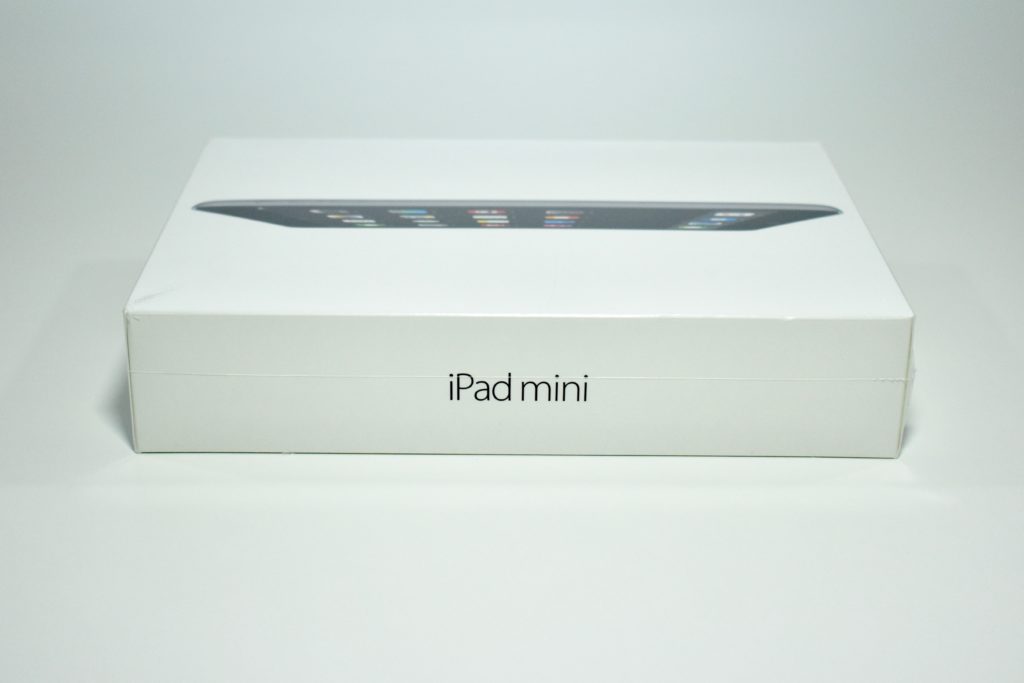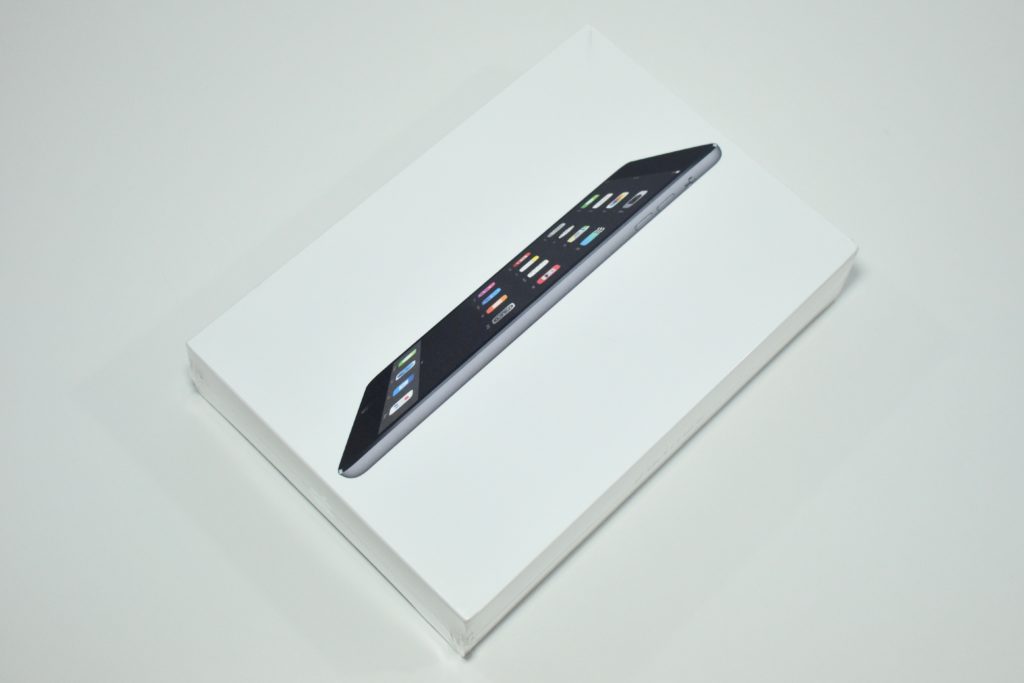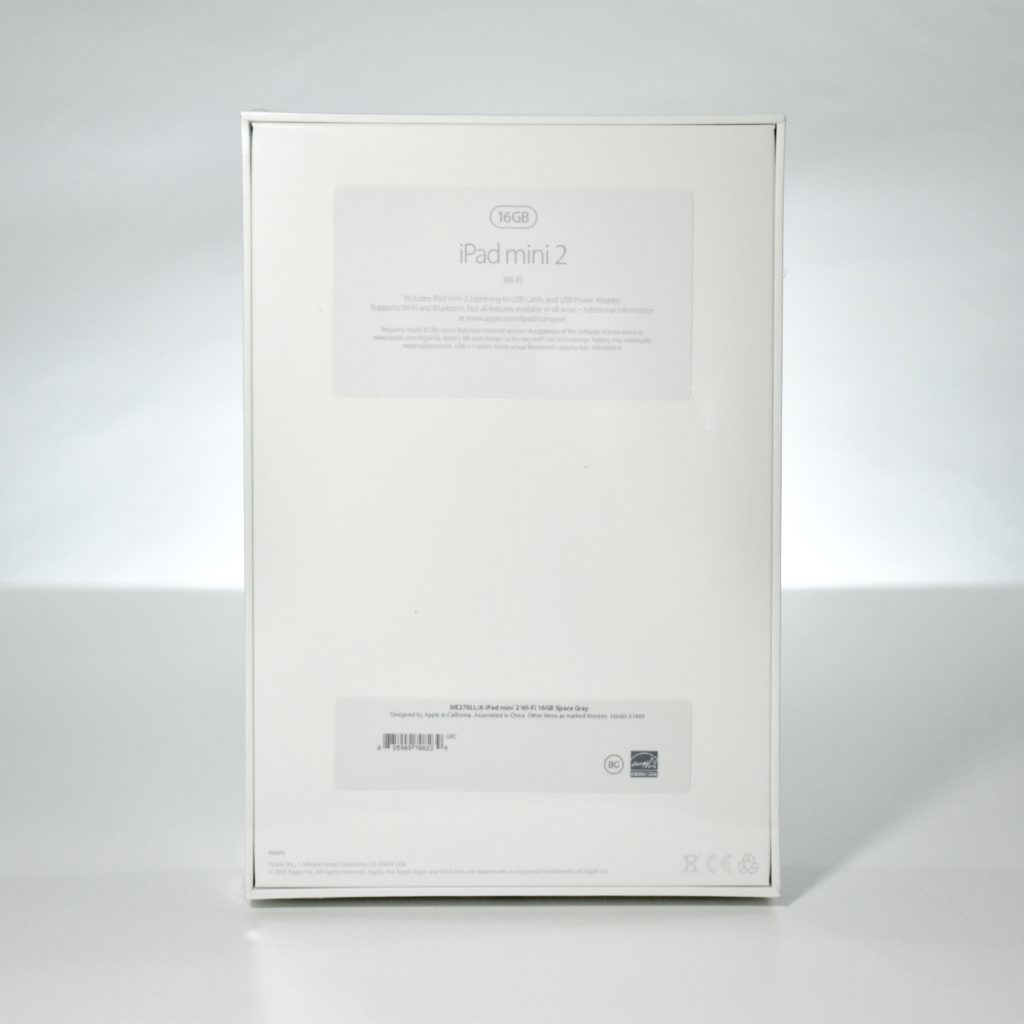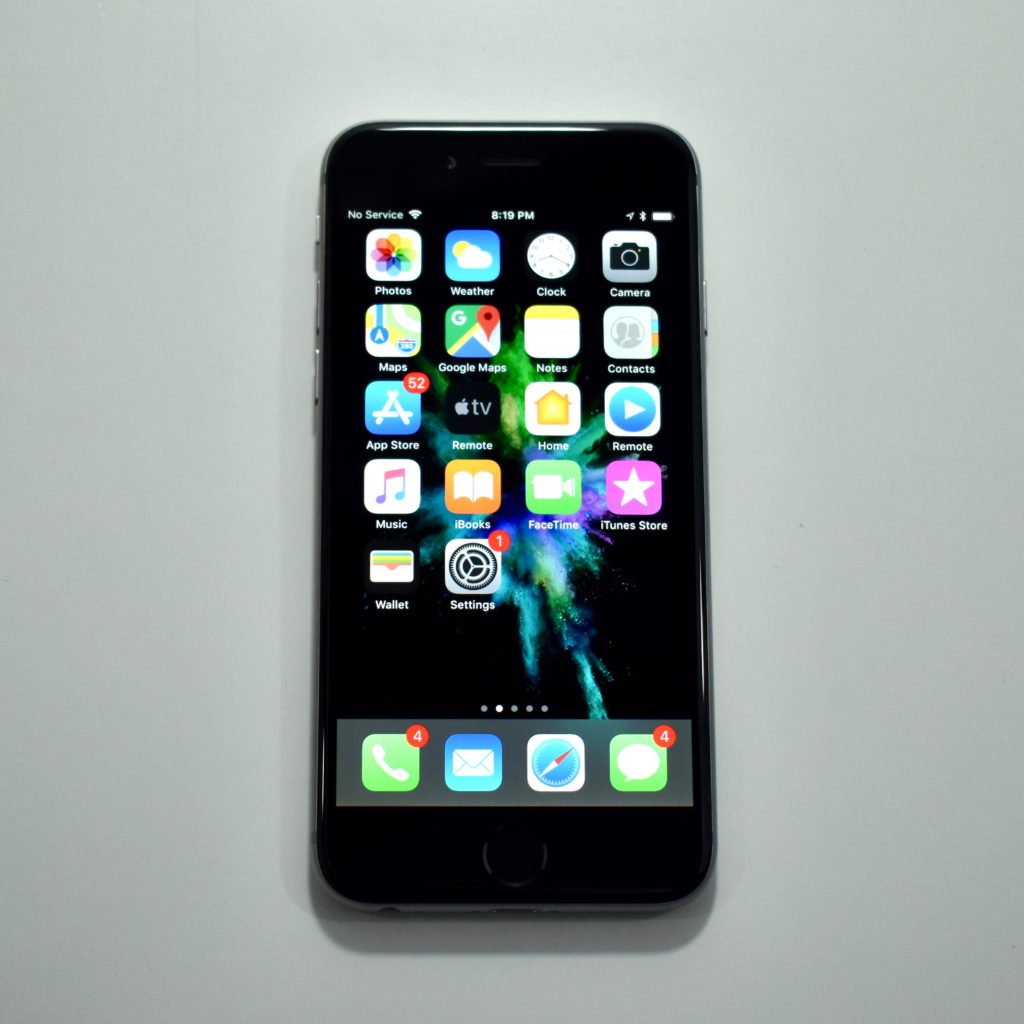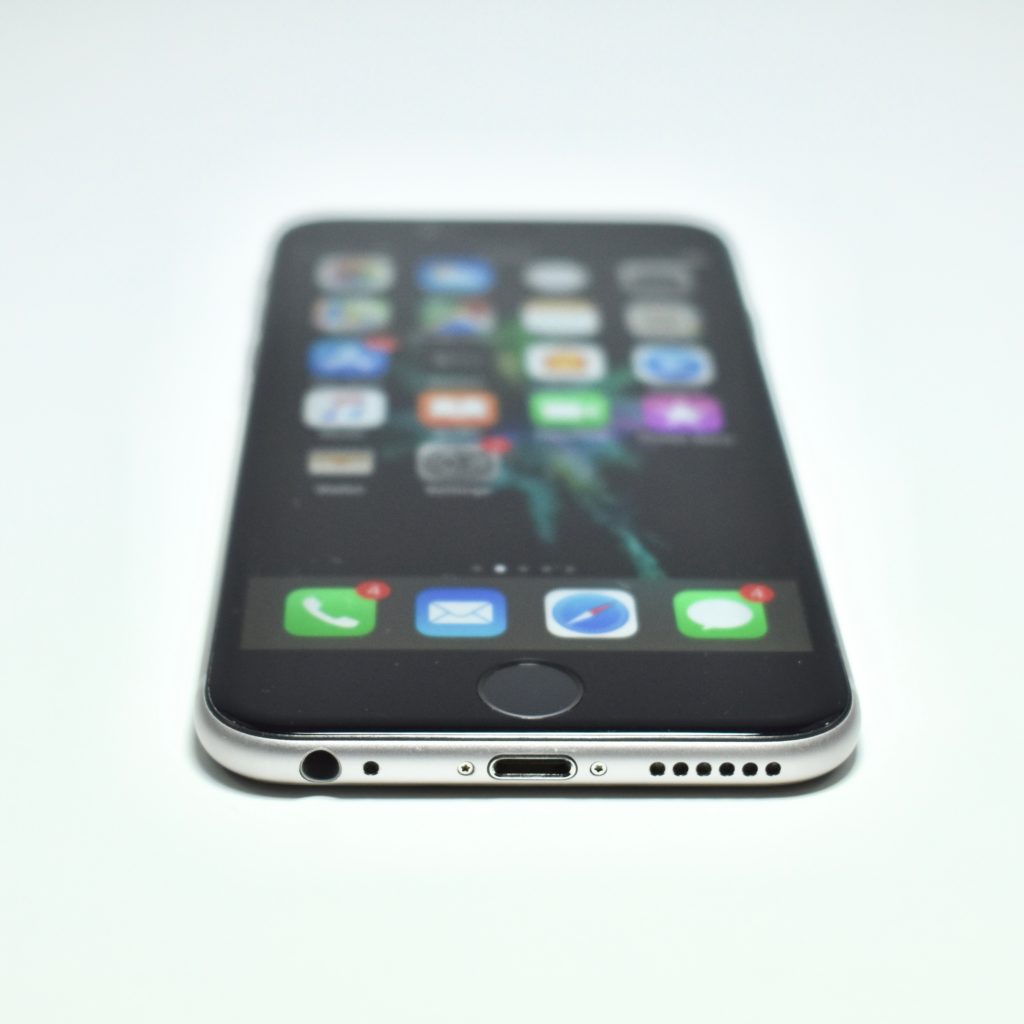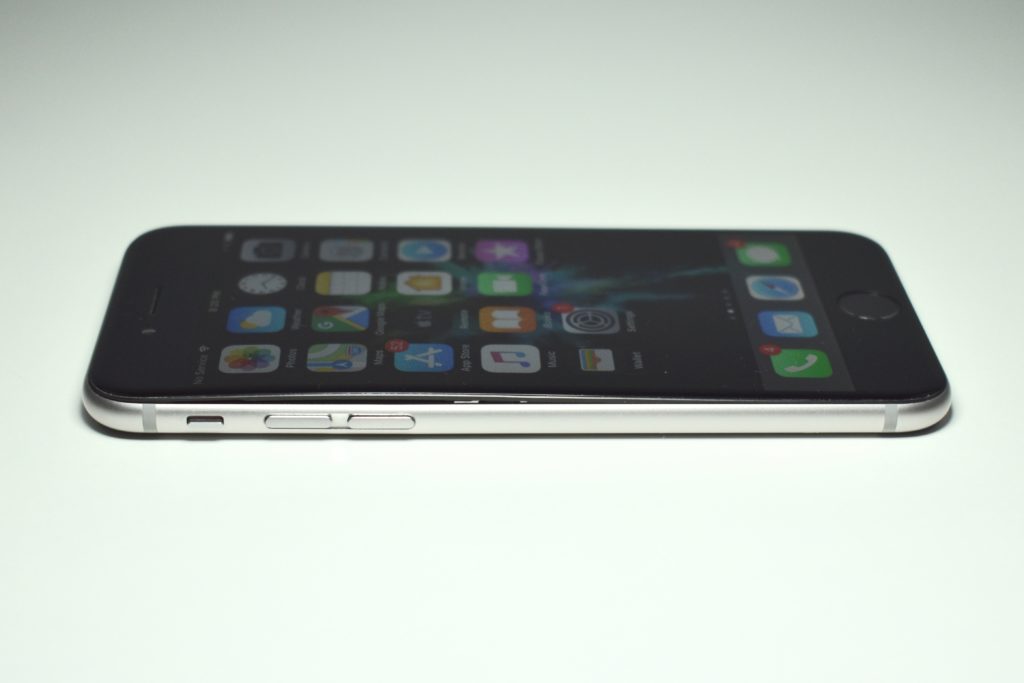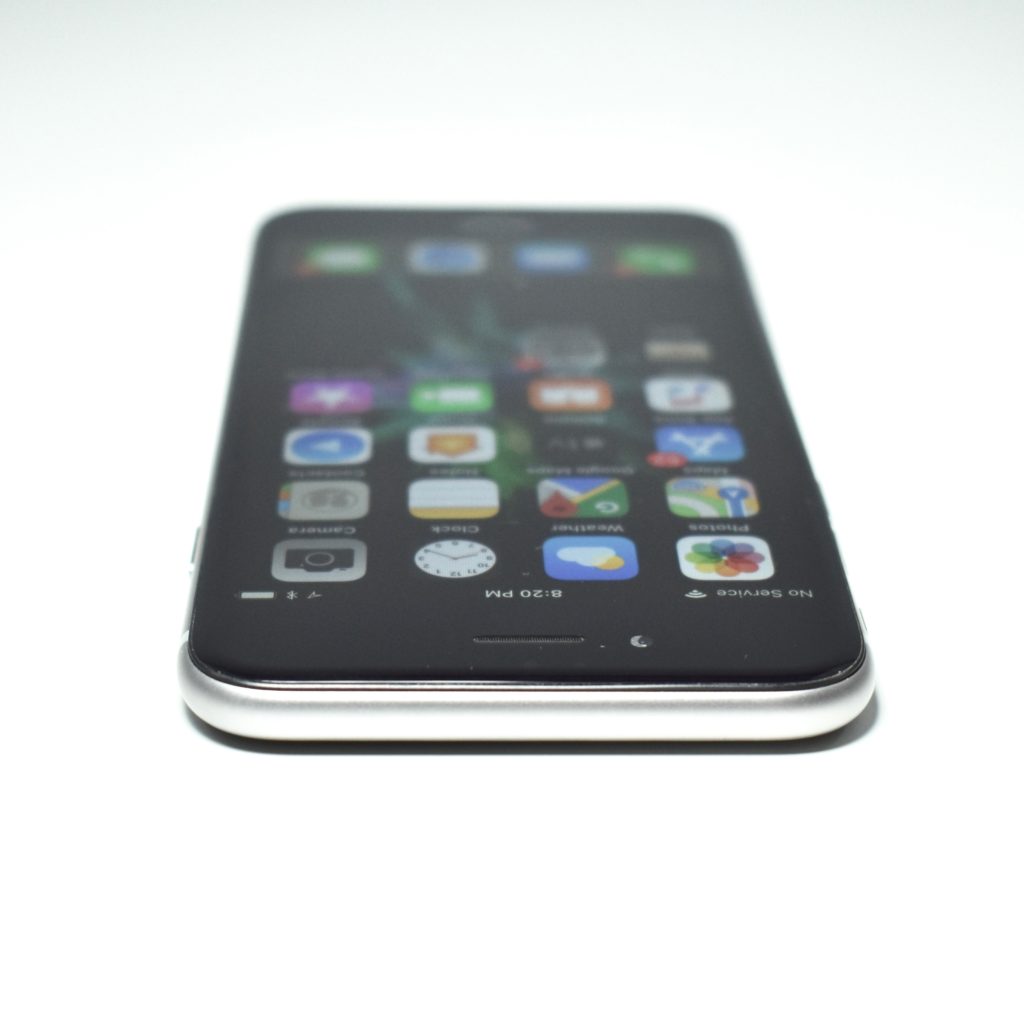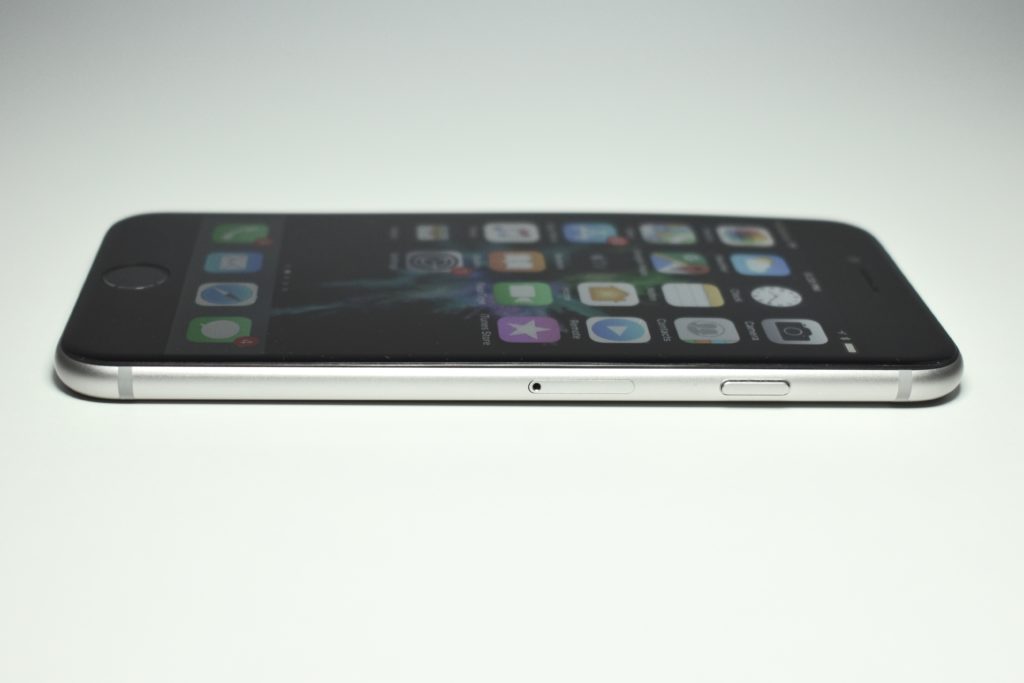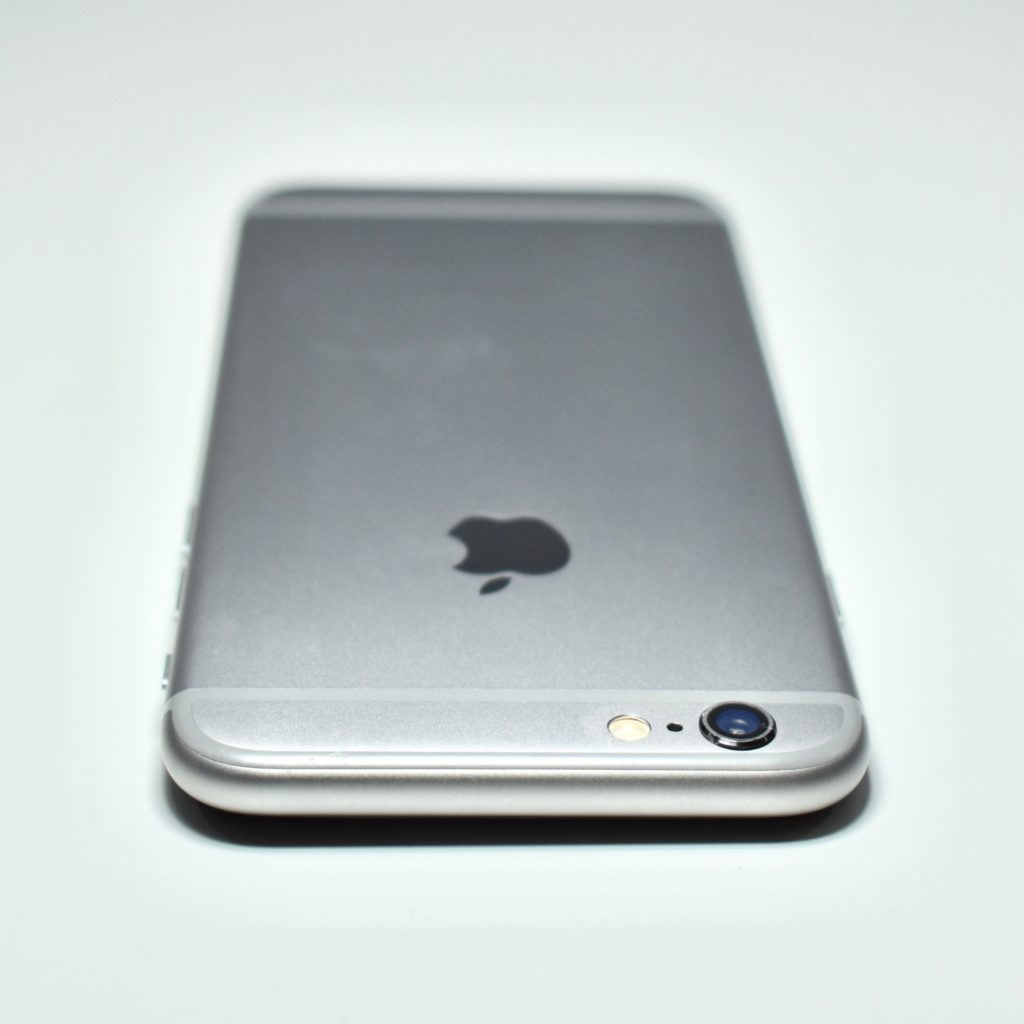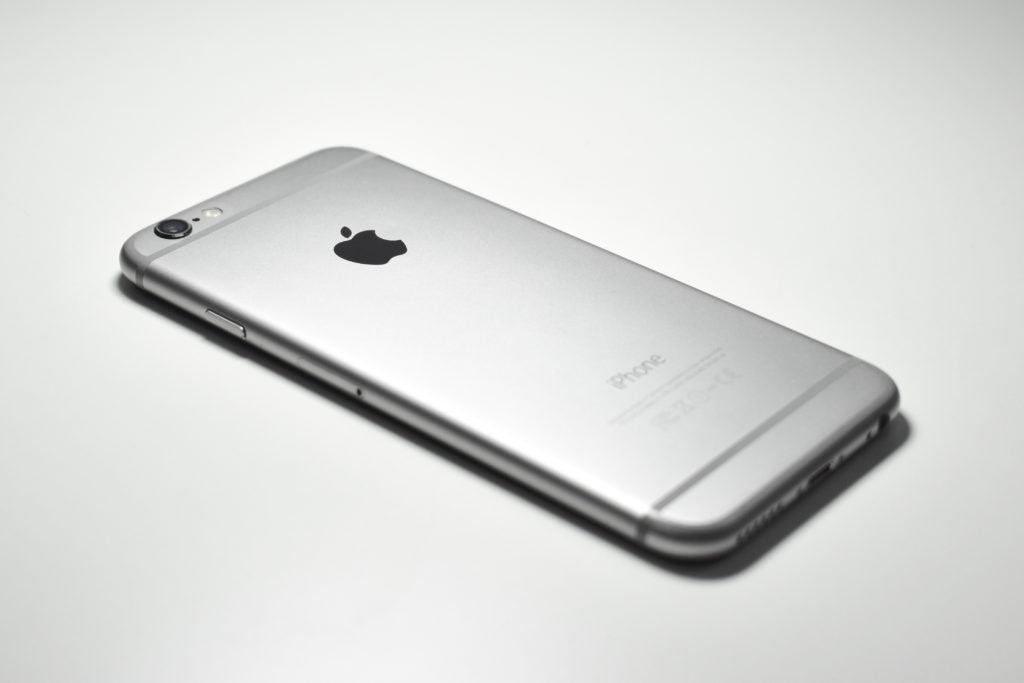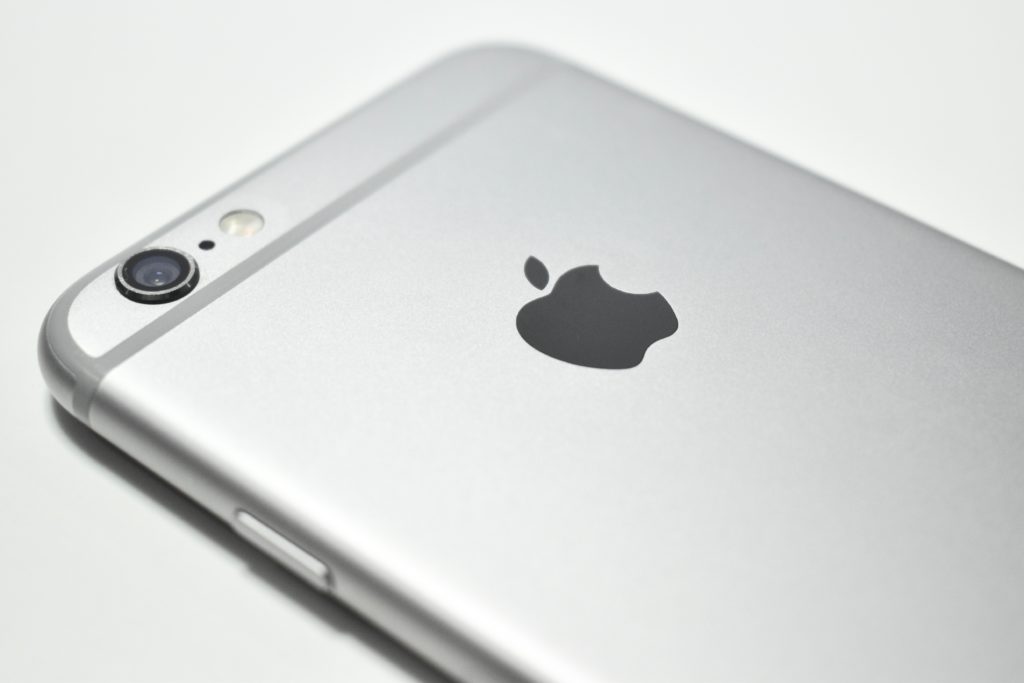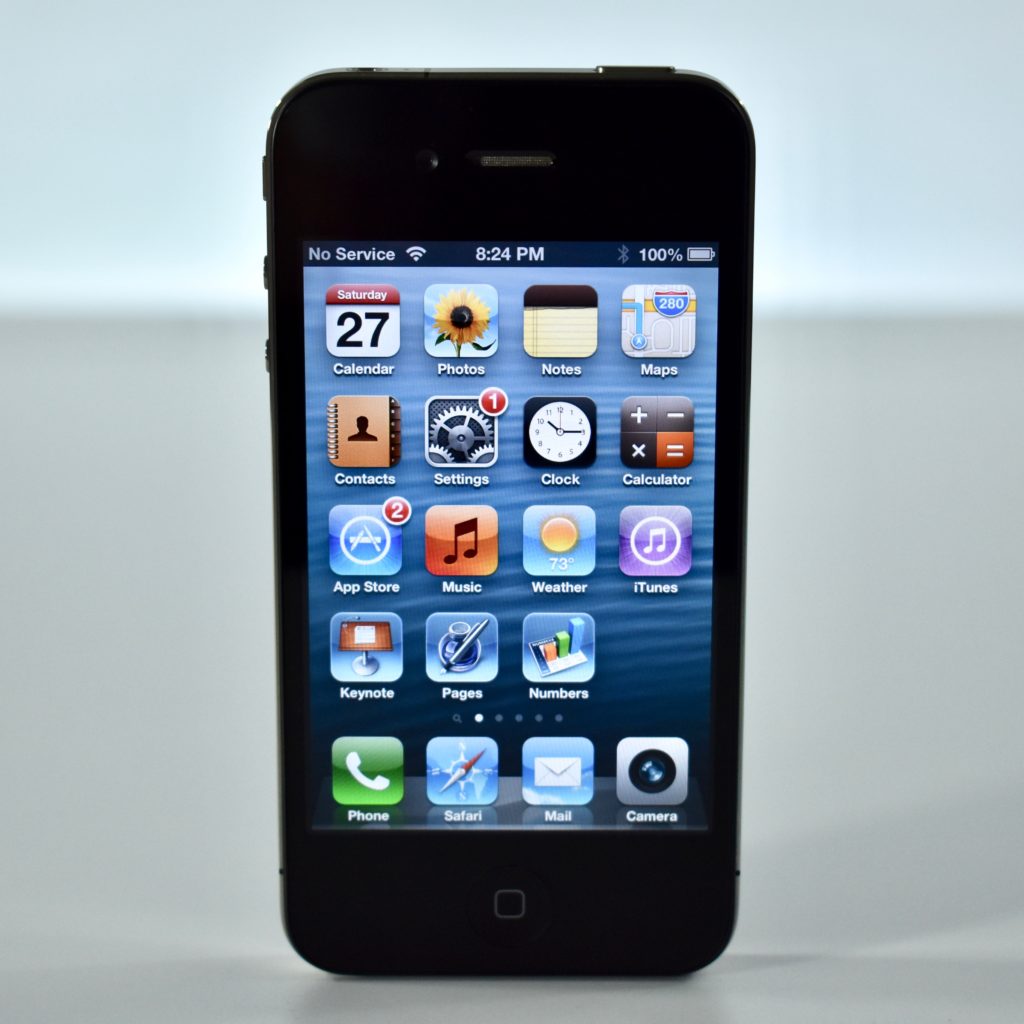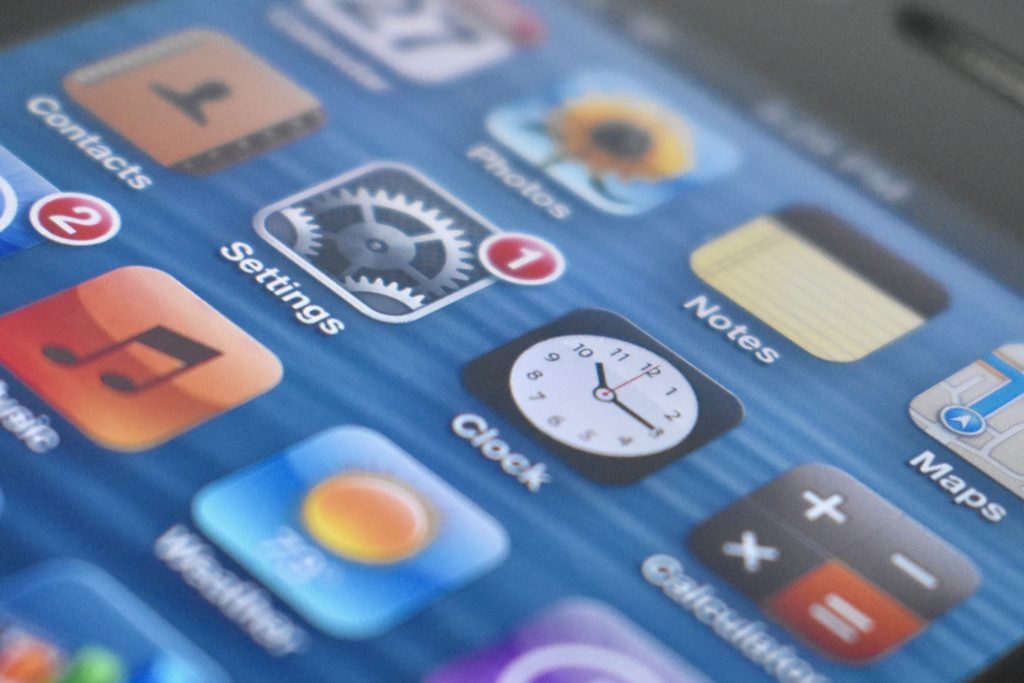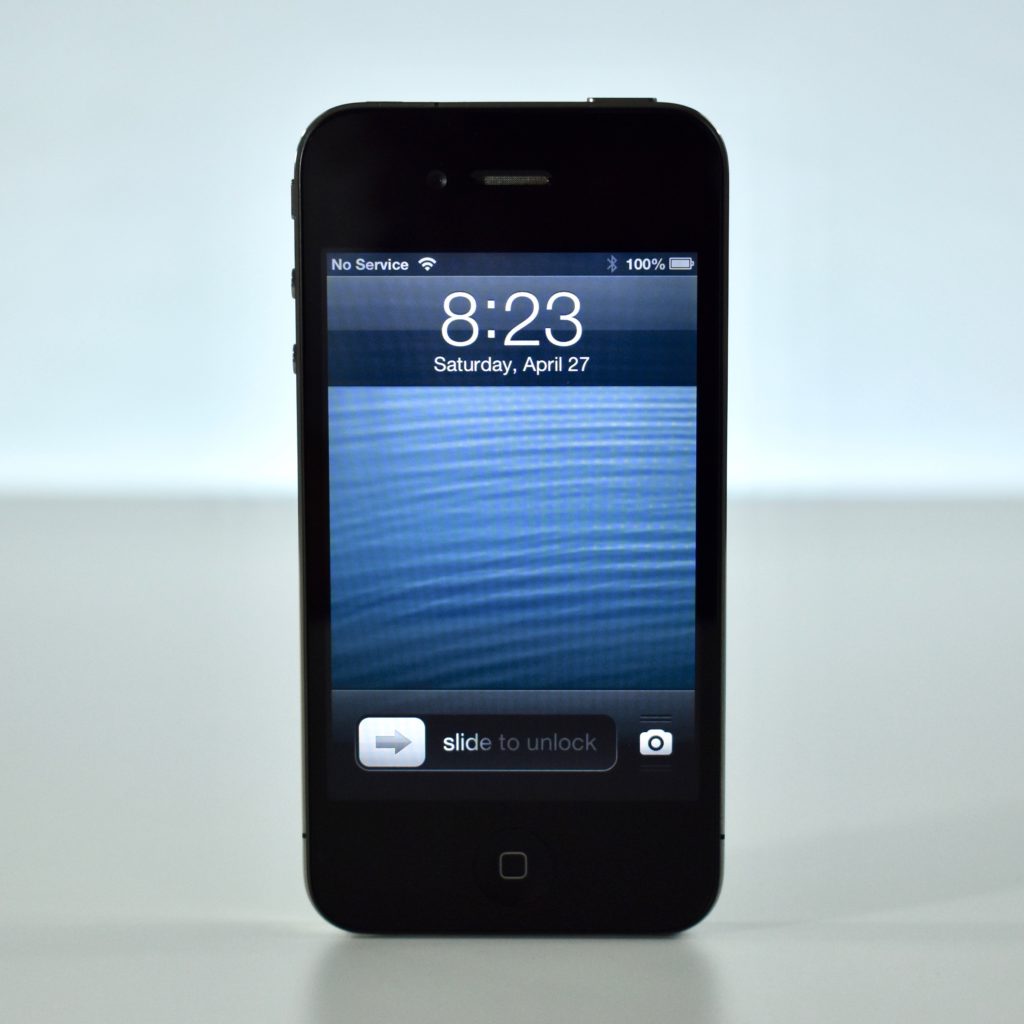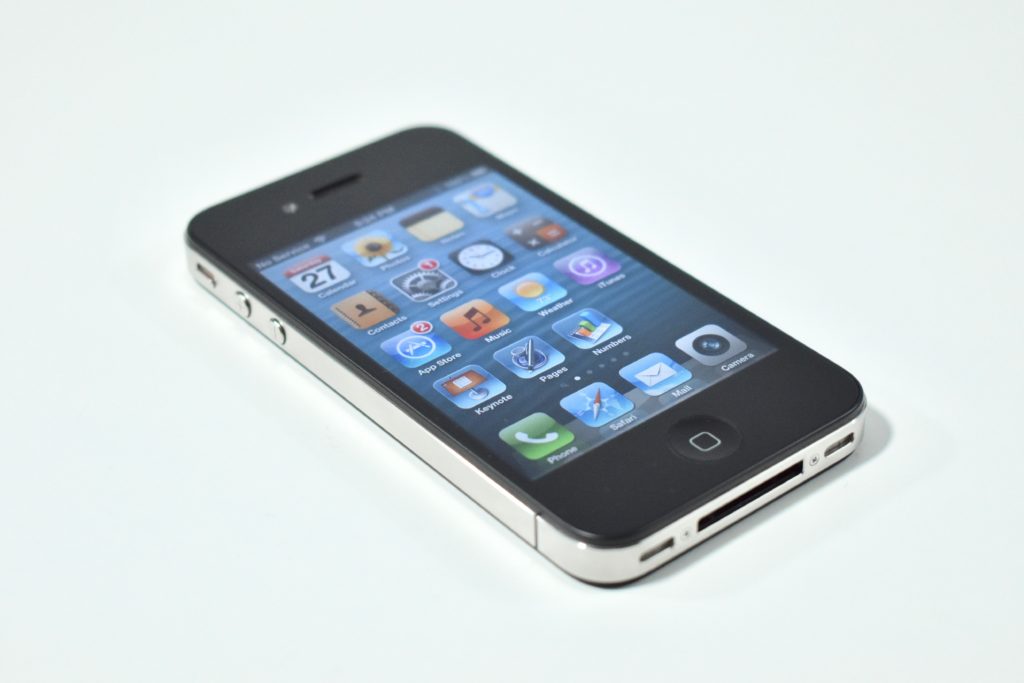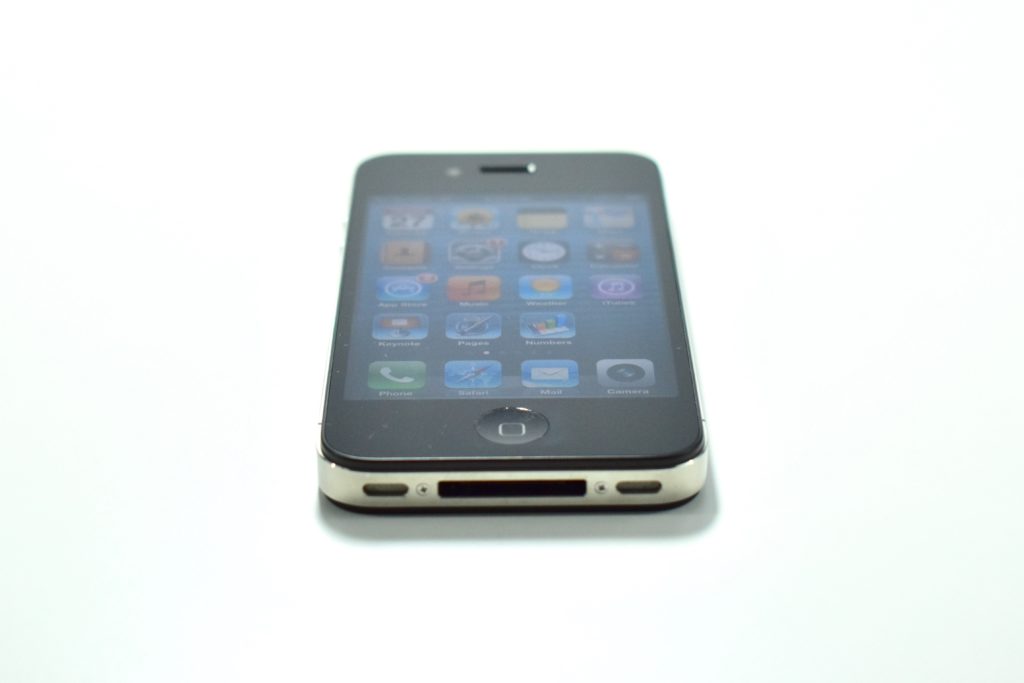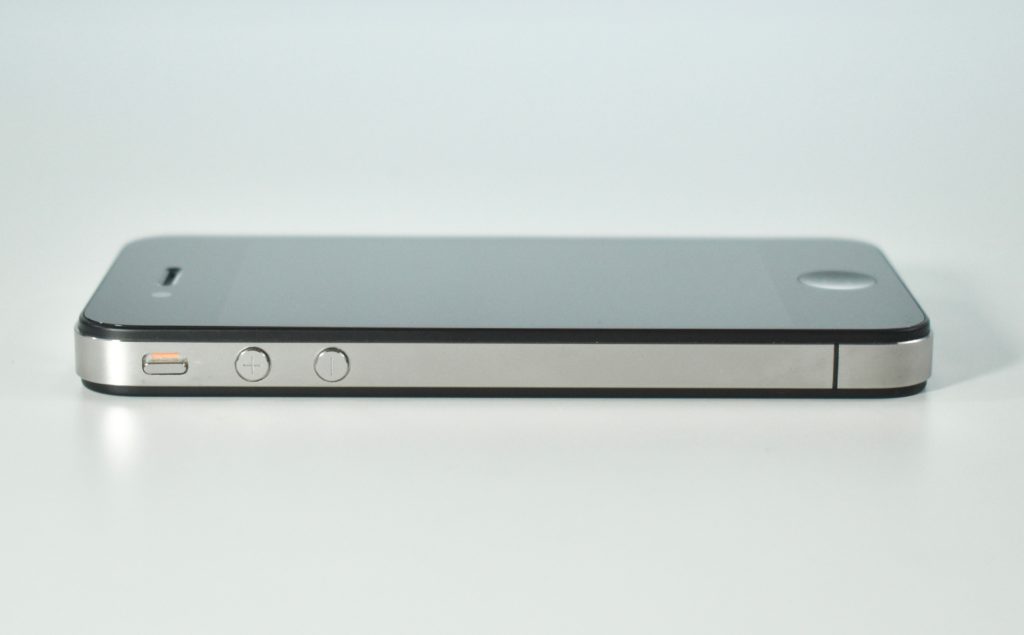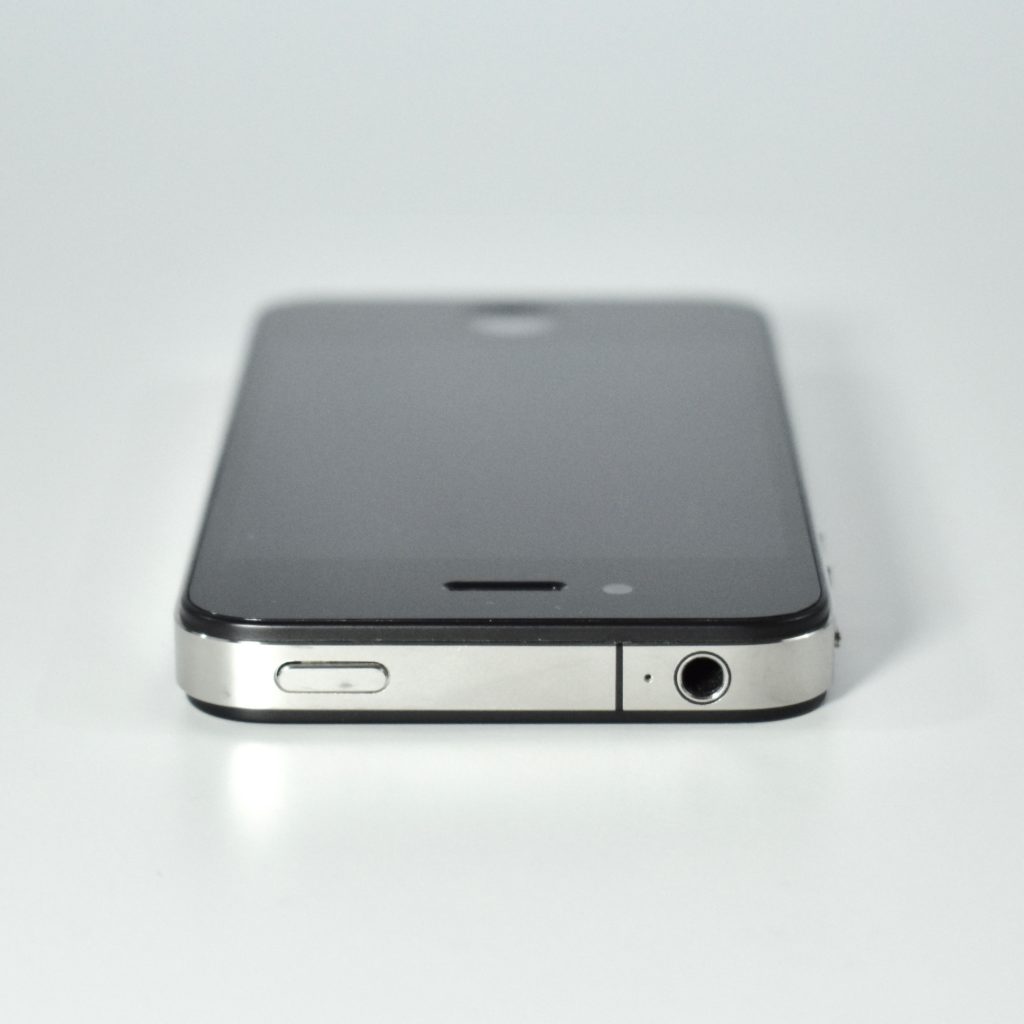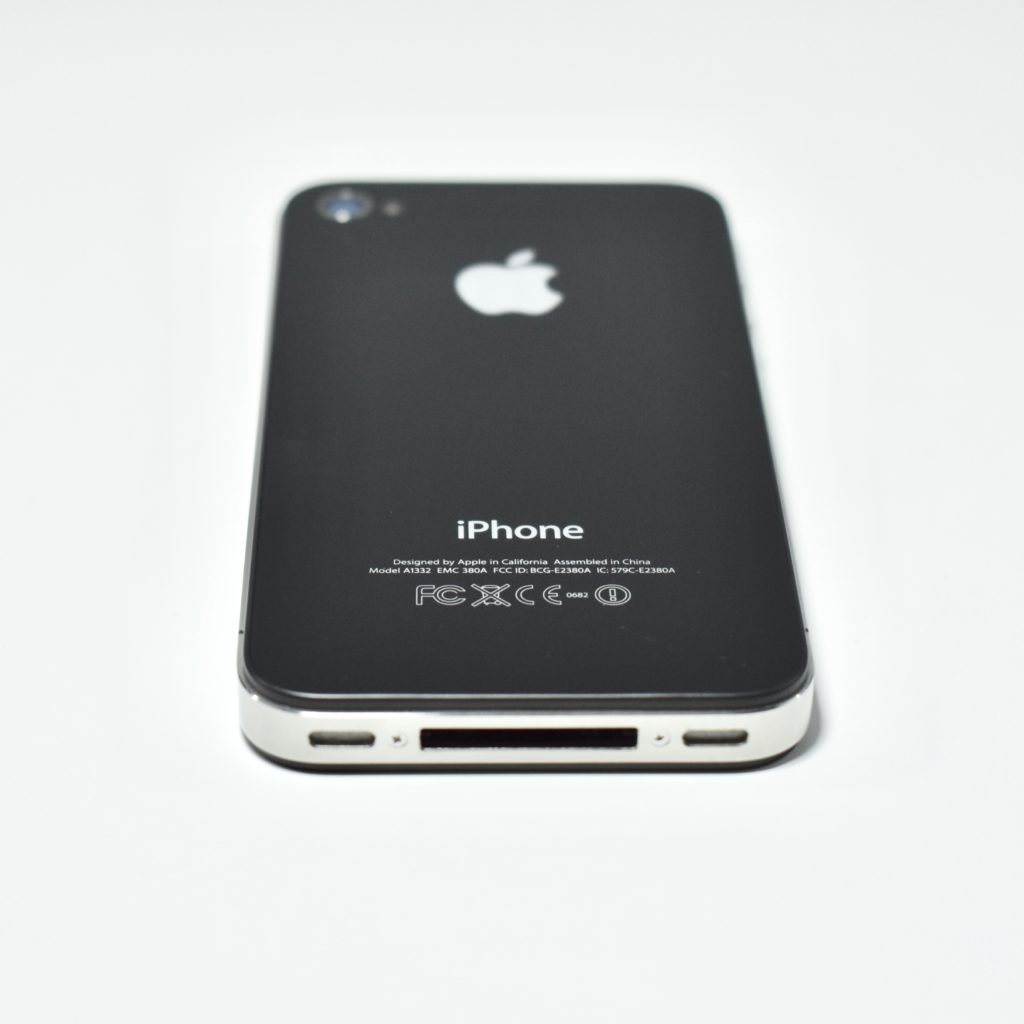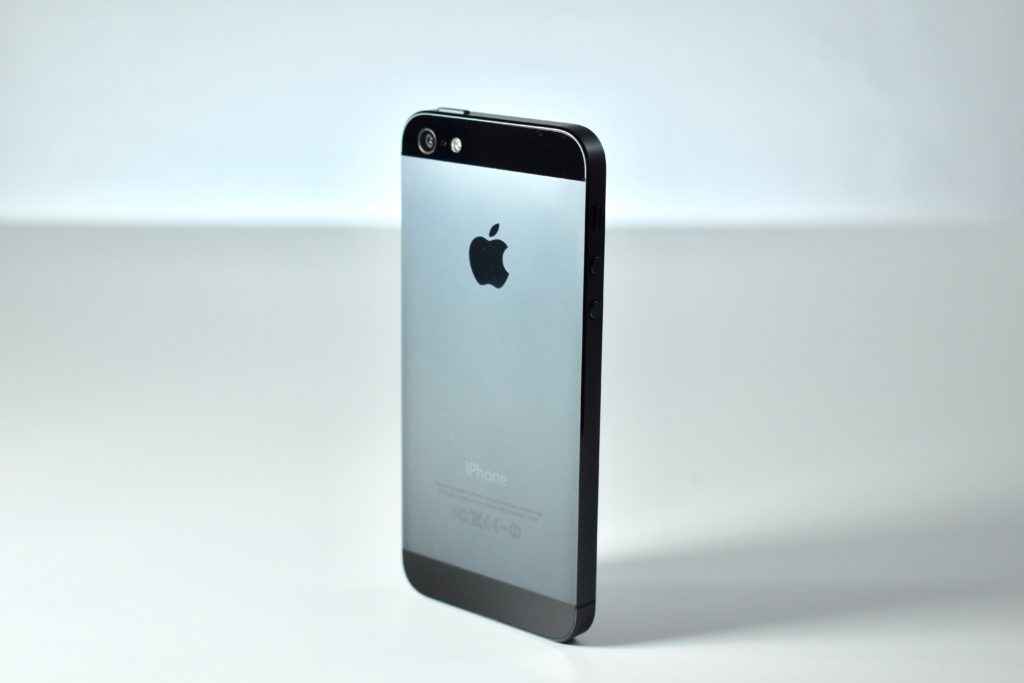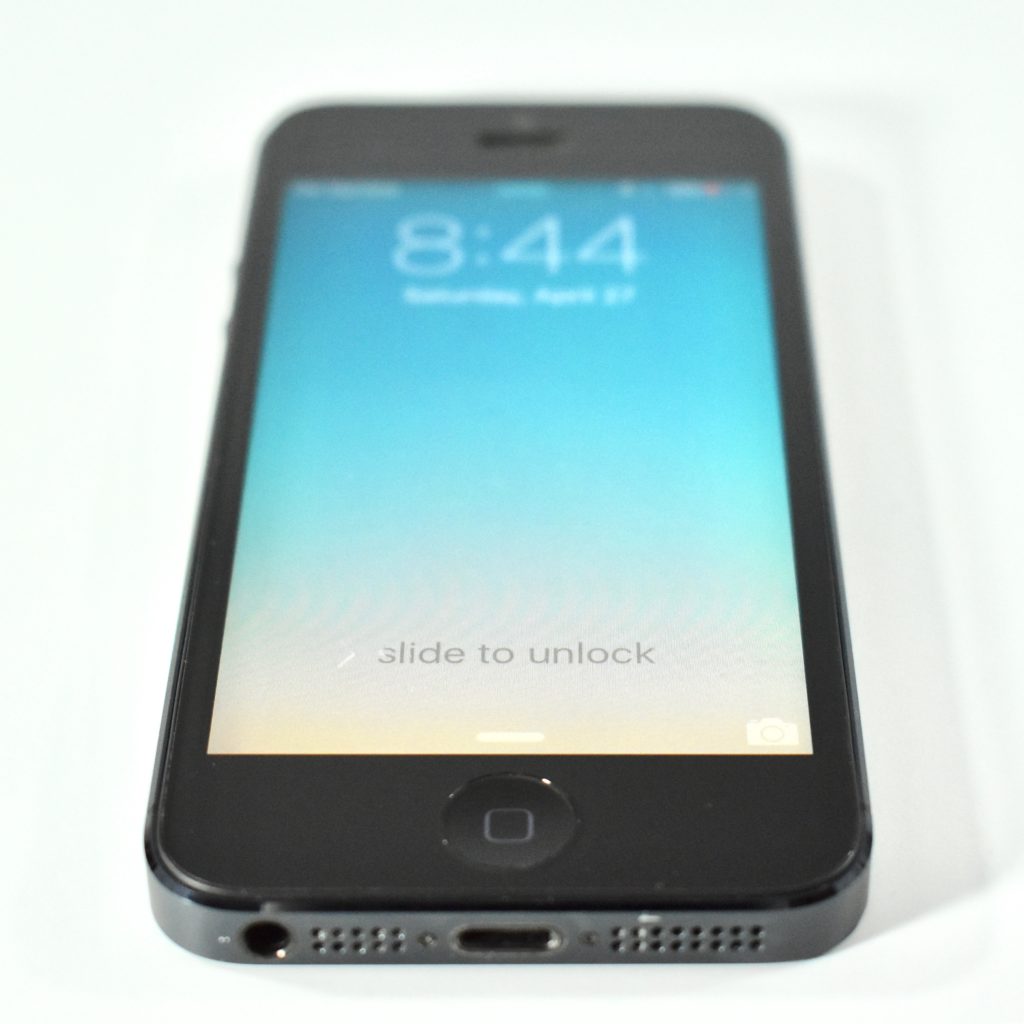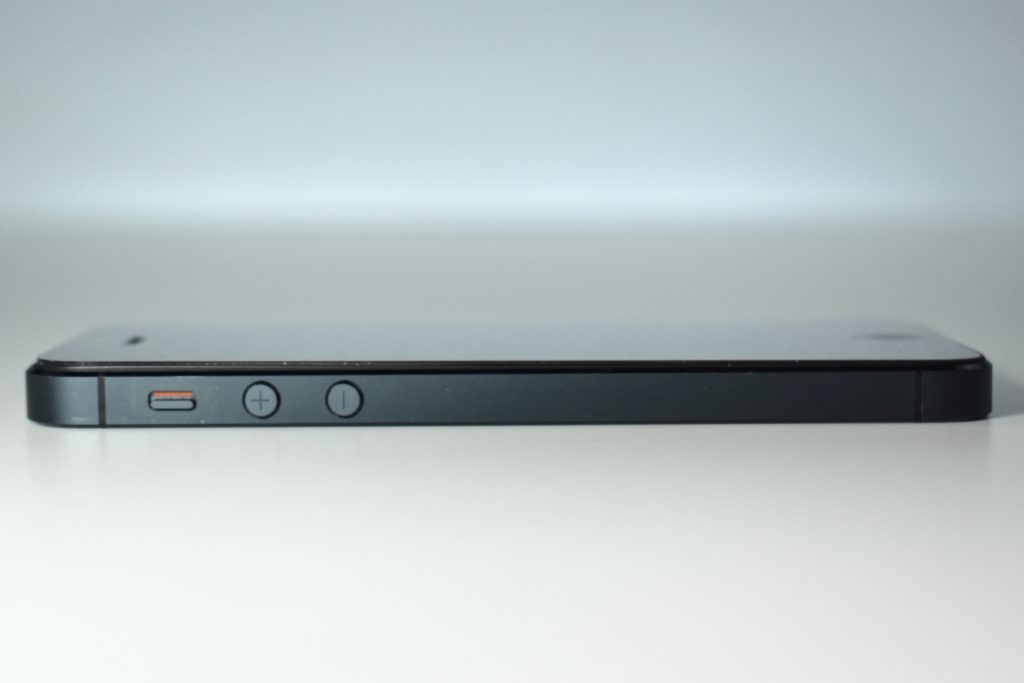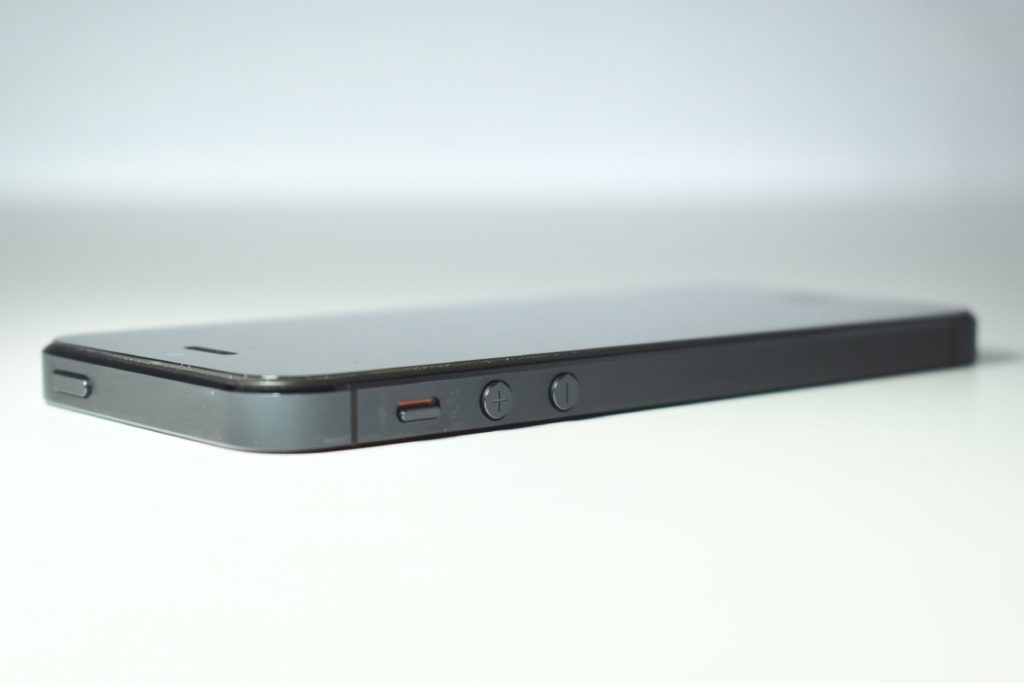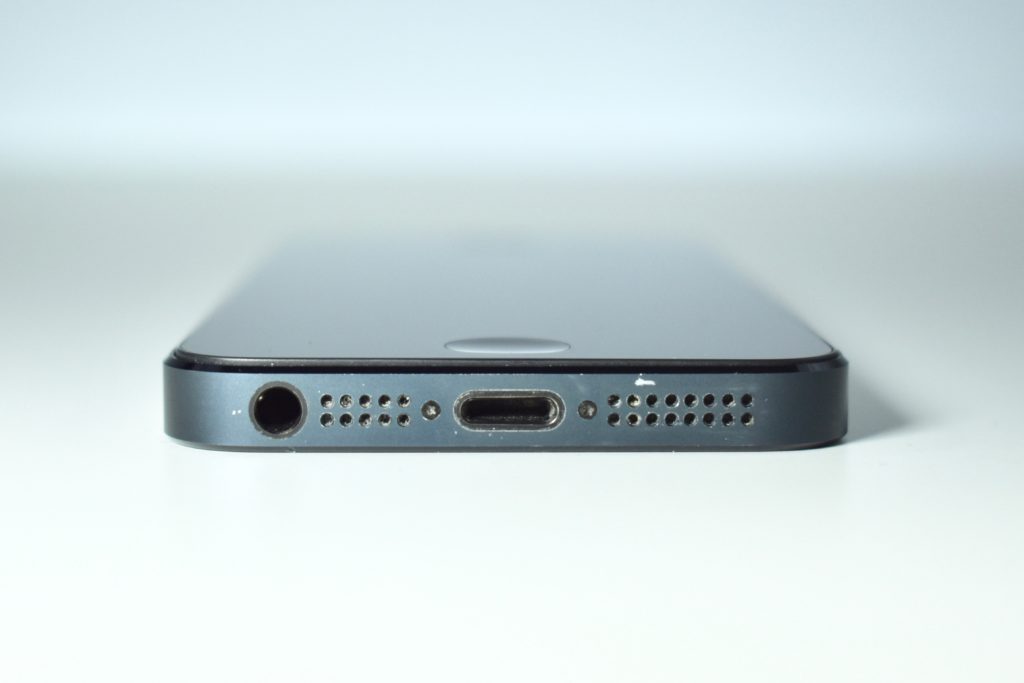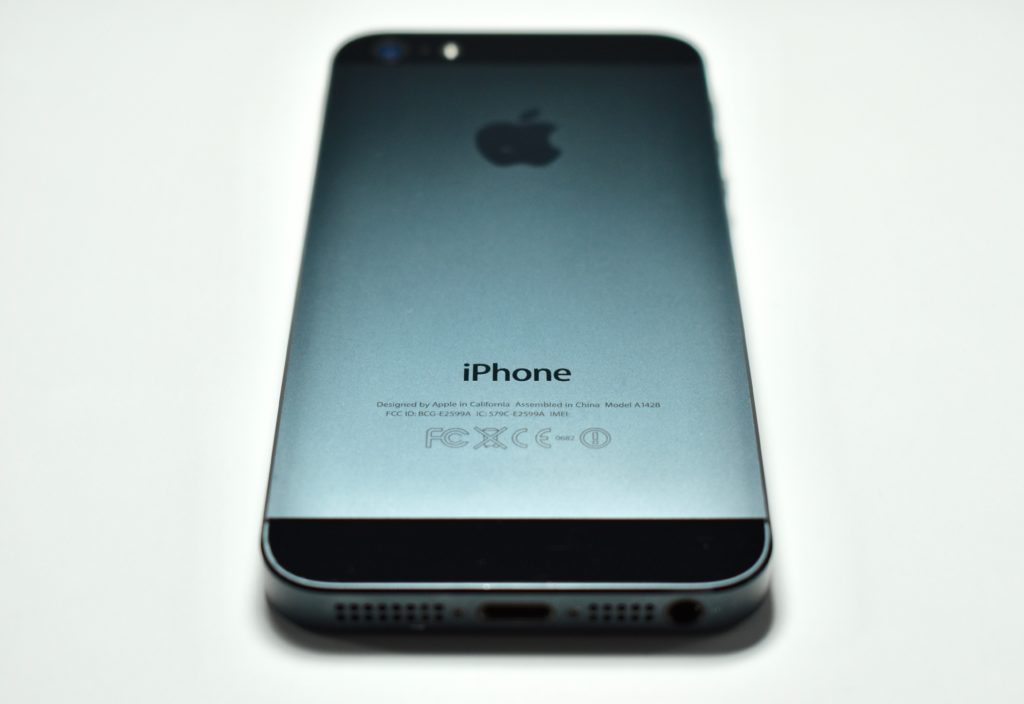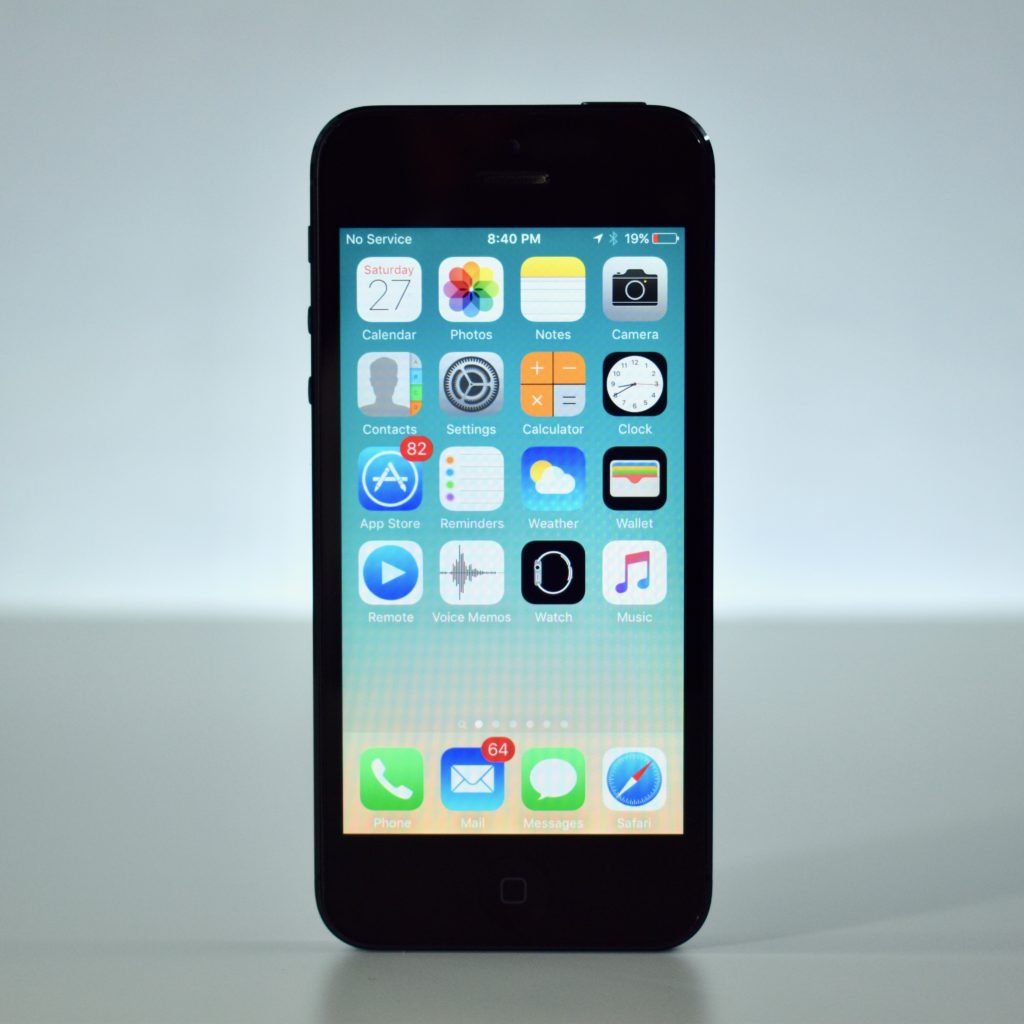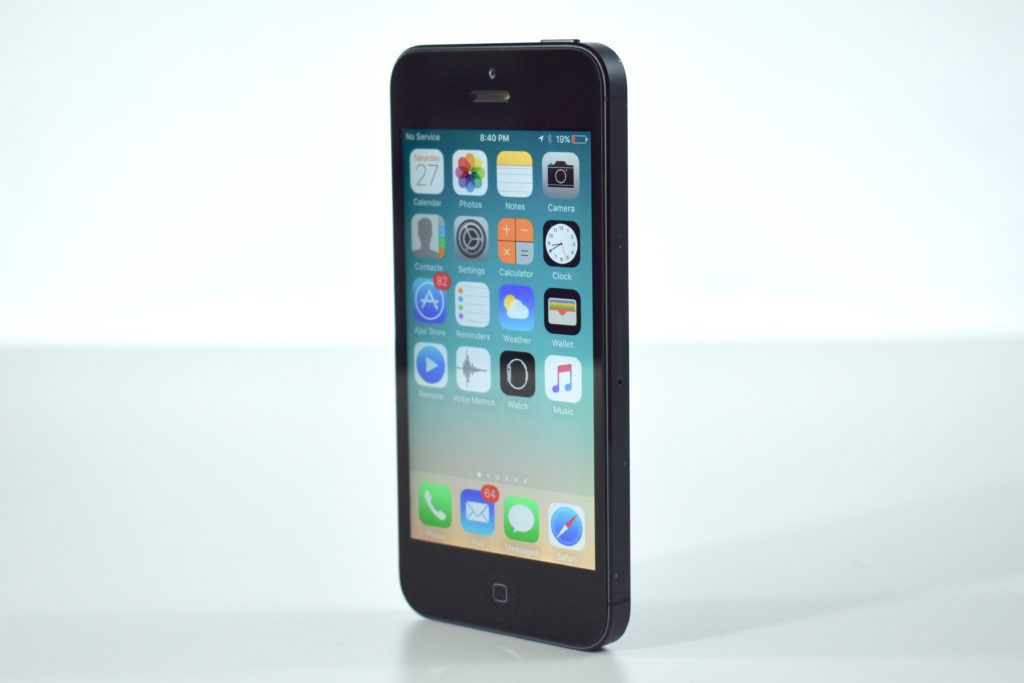The iPad Generation 3 was significantly more powerful than the two previous iPad models and introduced the “Retina” display, a 9.7-inch multitouch screen at 2048×1536 (264 ppi). Internally it used a dual-core 1 GHz Apple A5X processor with quad core graphics; 1 GB of RAM; 16, 32, or 64 GB of storage; a rear-mounted 5 megapixel iSight camera (1080p); a front-mounted FaceTime camera; 802.11n Wi-Fi, and Bluetooth 4.0.
In my experience as a school Technology Director, the iPad Generation 3 began a shift in thinking that the iPad was not just a content-consumption device, but also a content-creation device. The iPad Generation 3 built upon the iWork apps introduced with he original iPad and camera introduced with the iPad Generation 2 by adding a considerably faster processor and better screen. Soon after the release of the iPad Generation 3, many schools began implementing multiple iPad devices eventually leading to 1:1 initiatives where each student is issued an iPad for learning.
According to Cult of Mac, the iPad Generation 3 had the “shortest lifespan of any iPad in history. Apple debuted the fourth-gen model just 221 days after the iPad 3 went on sale. The iPad 4 added the Lightning connector, making the iPad 3 the last iPad to support the old 30-pin dock connector.”
Source: EveryMac.com, Cult of Mac


